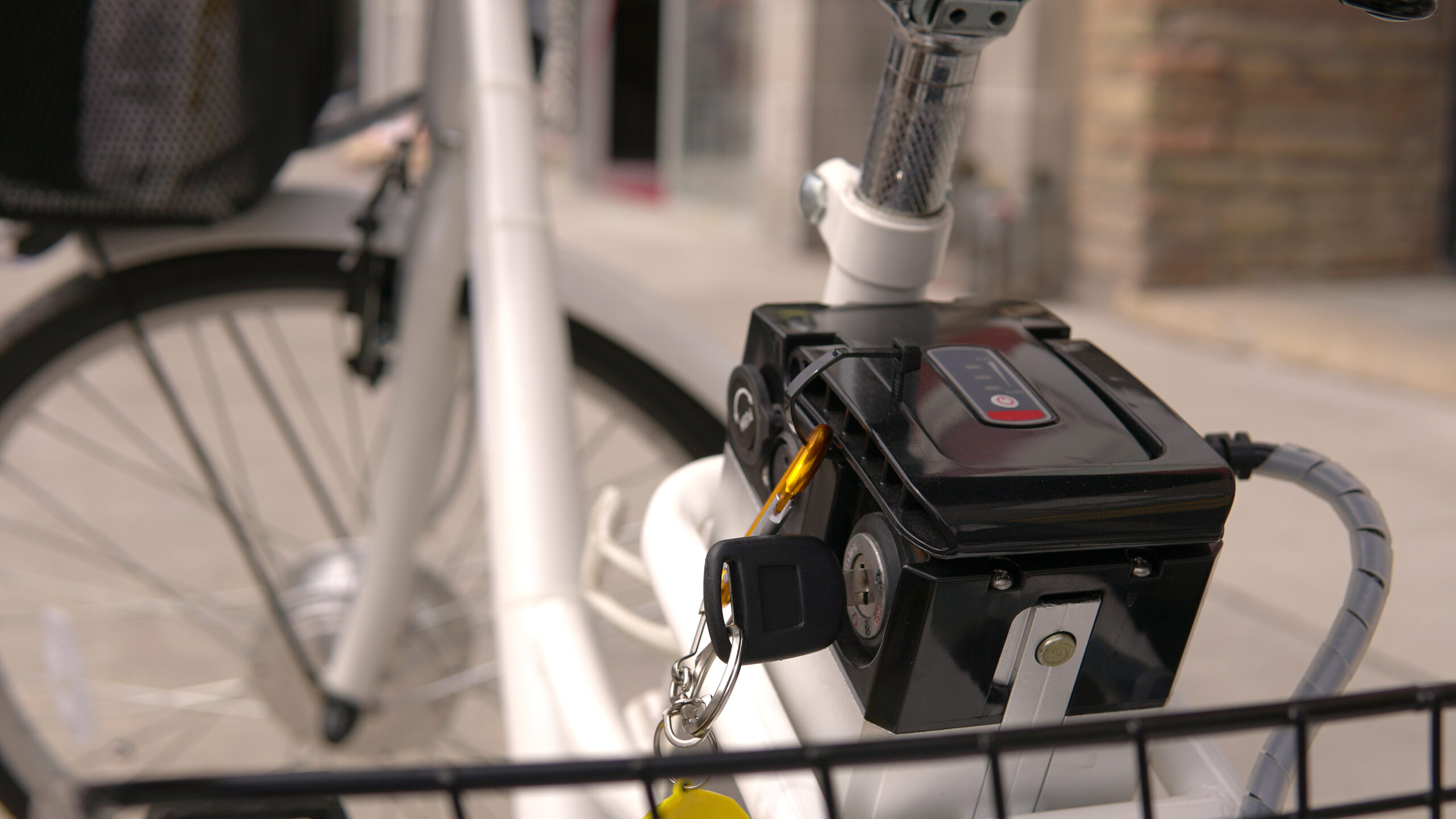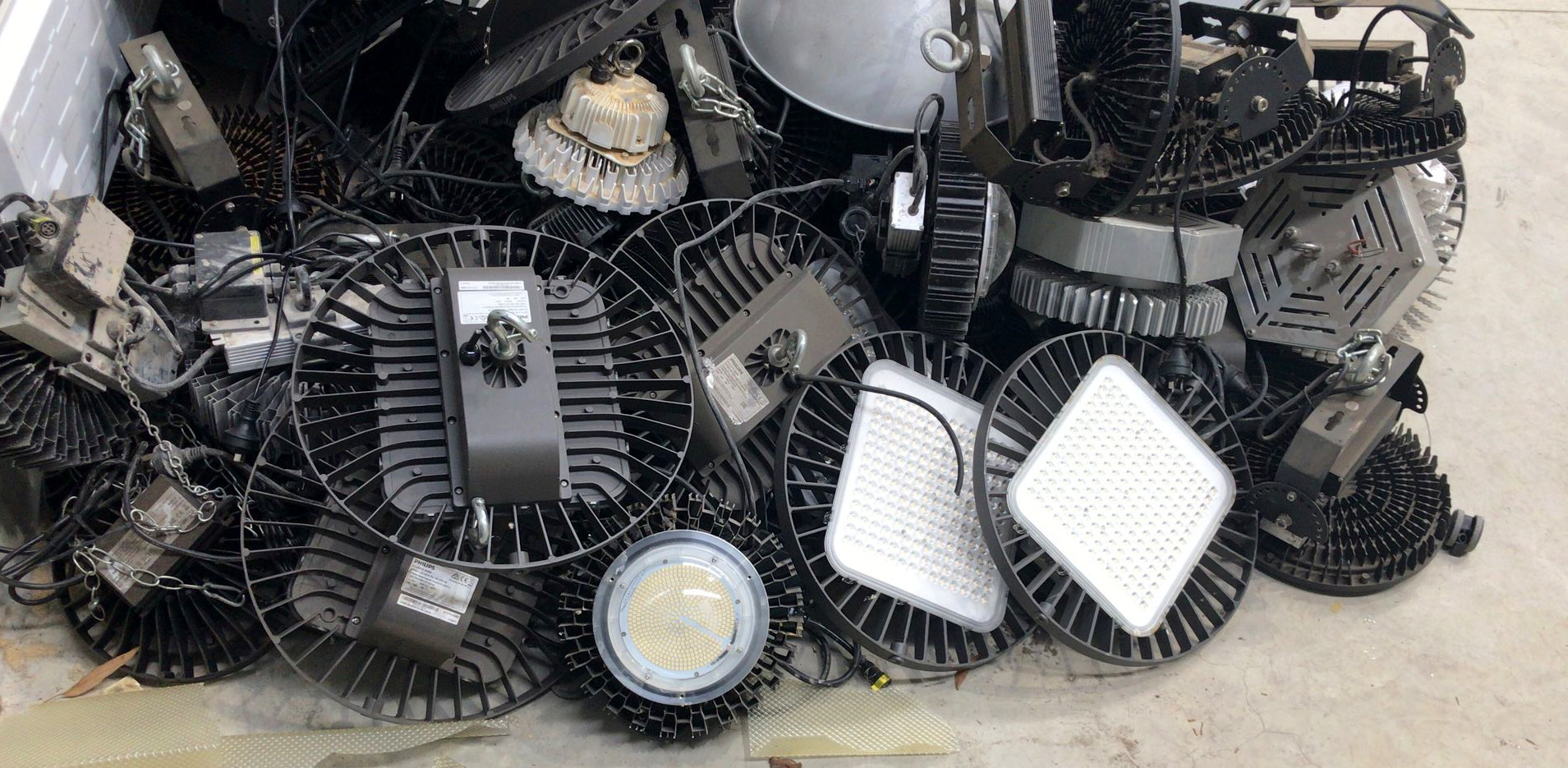Did you know that in 2014 the world produced 42 million tonnes of e-waste?
It’s a figure that is set to grow with our insatiable appetites for electronic gadgets and a growing, more affluent world population. Fortunately, the electronics industry is taking this issue seriously, and one company that is setting the pace on recycling and recovery is Dell.
Legacy Of Good
In 2013 Dell released its Legacy of Good plan. It addresses a range of issues, from biodegradable packaging to massive reductions in the energy intensity of its products. It also sets ambitious targets on recycling, and in the last two years has wracked up some impressive numbers.
In that time it has used 9,500 tonnes of recycled plastics from a range of sources in its new products, and collected over 544,000 tonnes of e-waste. Where possible, old equipment is refurbished to extend its working life and the rest is recycled, and at current rates Dell is one track to exceed its goals for 2020.
Part of Dell’s motivation is being a good corporate citizen. Its global policy is to take back, at no cost, any Dell branded product from individual consumers, or any brand of electronic product when an individual purchases a similar new product from Dell.
But Dell’s approach is also economically sensible. By creating a closed-loop plastics recycling chain it secures a supply of raw materials insulated from the ups and downs of the oil price. Since 2014 this initiative has seen 1,800 tonnes of old Dell plastic recycled into new Dell products.
Not The Only Game In Town
Many other manufacturers also provide recycling programs for both their own and other brands of equipment, and have implemented refurbishment and closed-loop recycling programs. When replacing or disposing of any electronic item, it’s a simple matter to check the manufacturer’s website and see what recycling solutions are available.
There are also community-based e-waste recycling programs that householders and small businesses can find through RecyclingNearYou.
The Human Factor
So, with recycling programs in place and the technology available to refurbish and recycle e-waste there really isn’t any excuse for this type of waste to end up in landfill. There’s just one weak link in the chain, and that’s human.
Don’t be part of the electronic waste disposal problem, be part of the solution. Give us a call on 1300 326 292 or fill out the form below and one of our e-waste experts will be happy to explore electronics recycling options with you.






